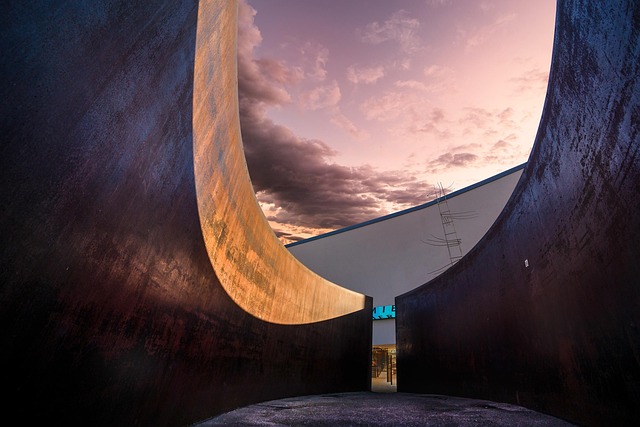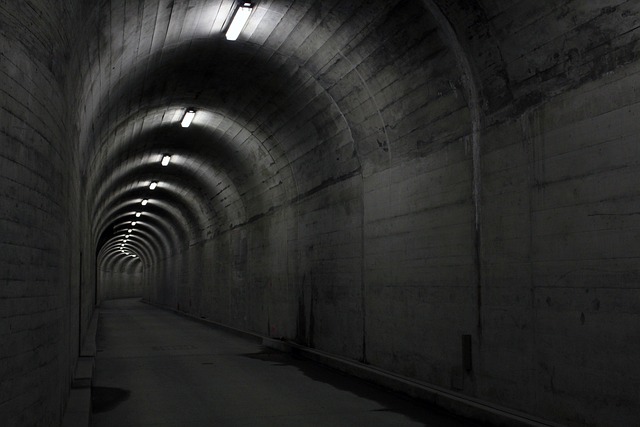Embracing the Analog-Digital Shift: A Showcase of Installation Art
In an age dominated by technology, the analog-digital transition is a phenomenon that resonates deeply with many of us. As we navigate through a world where the physical and the digital collide, installation art emerges as a powerful medium for exploring this shift. Artists today are captivating audiences by merging tactile materials with digital interactivity, inviting viewers to reconsider their relationship with both realms.
The Allure of Tactility
There is something undeniably alluring about the tactile quality of analog materials. The warmth of wood, the crinkle of paper, and the weight of metal evoke a sense of nostalgia and comfort. These elements stand in stark contrast to the often cold and impersonal nature of digital technology. Installation artists are taking these materials and weaving them into immersive experiences that not only celebrate their physicality but also speak to the evolving nature of our interaction with art.
Intersecting Dimensions
At the heart of the analog-digital transition in installation art lies the idea of coexistence. Artists are increasingly exploring how to blend physical installations with digital components, creating spaces where viewers can engage with both tangible and virtual experiences. For example, one installation may feature a sculptural piece made from reclaimed materials, adorned with a projection of shifting digital images that respond to the movement of the audience. This fusion invites visitors to engage with the artwork not just visually, but physically, stimulating a multi-sensory experience.
Experiencing Dual Realities
Through immersive environments, installation art reflects the complexities and contradictions of our digital lives. We often find ourselves oscillating between the analog and digital, experiencing both simultaneously. An installation might allow you to step into a dreamscape, where an analog soundscape intermingles with digital visuals, leading you on a journey that feels both familiar and surreal. Such experiences can evoke deep emotional responses, prompting introspection about our reliance on technology and our yearning for genuine human connection.
Artists Leading the Charge
Artists like Ryoji Ikeda and Heather Dewey-Hagborg are at the forefront of this transition, exploring themes of data, identity, and perception through their innovative works. Ikeda’s installations transform raw data into stunning visual compositions, while Dewey-Hagborg’s work challenges our understanding of privacy in the digital age, using 3D-printed sculptures to provoke conversations about genetic data and surveillance. These artists exemplify how the analog-digital transition can be a profound source of inspiration and discussion.
The Role of the Viewer
In the world of installation art, the viewer is not merely a passive observer. Instead, they become an integral part of the experience, their movements and interactions shaping the artwork. This collaborative facet of installation art provides a unique opportunity for individuals to reflect on their own experiences in a digital world. As we engage physically and emotionally with the work, we are reminded of our personal narratives and the ways they are influenced by the analog and digital realms.
As we continue to navigate the analog-digital transition, installation art serves as an essential reminder of our multifaceted existence. It invites us to embrace the beauty and complexity of both worlds, allowing us to find meaning amidst the noise. So, step into these installations, engage with the elements, and allow yourself to be captivated by the interplay between the analog and digital. Embrace the shift, and let art guide you through its enchanting depths.




